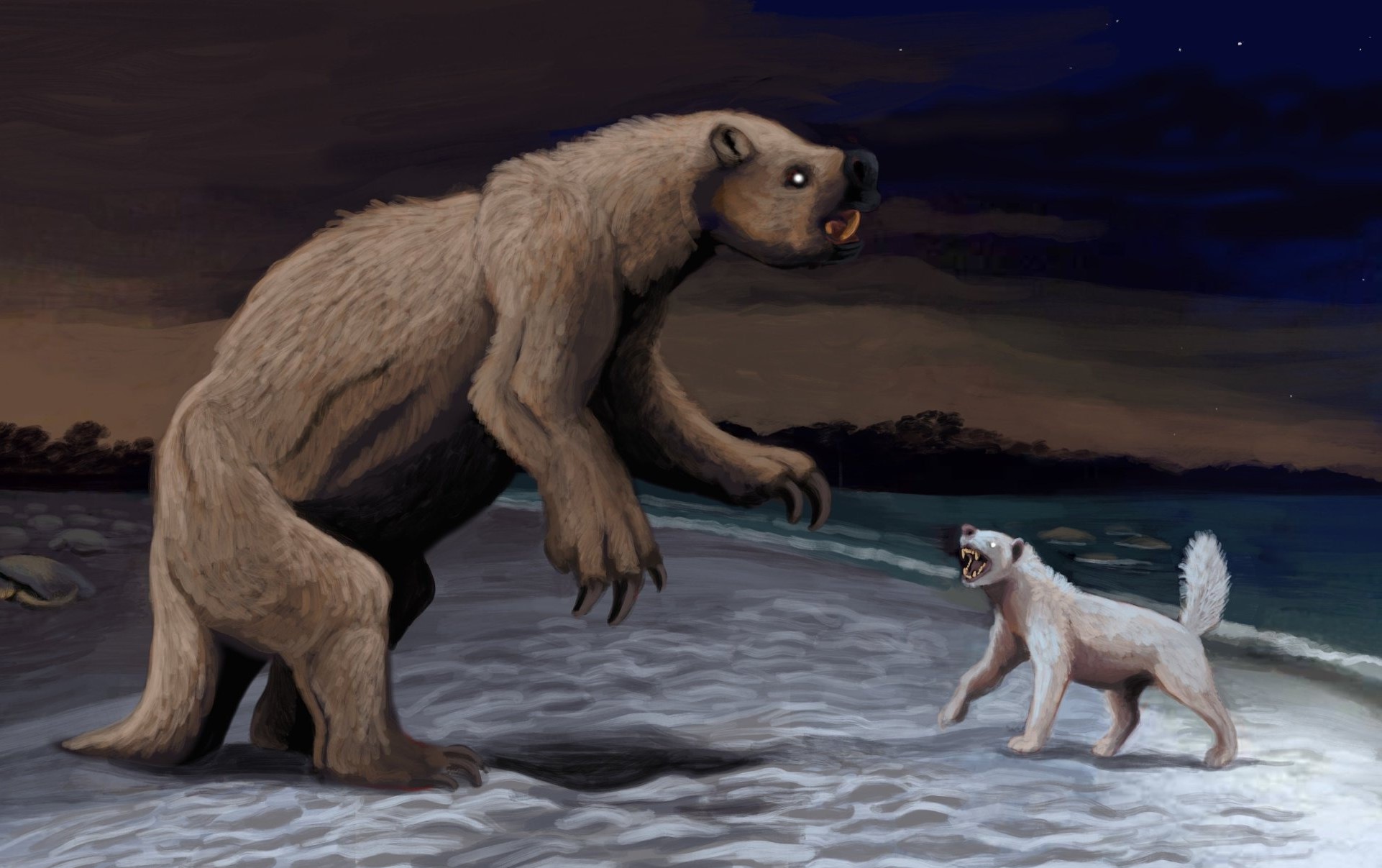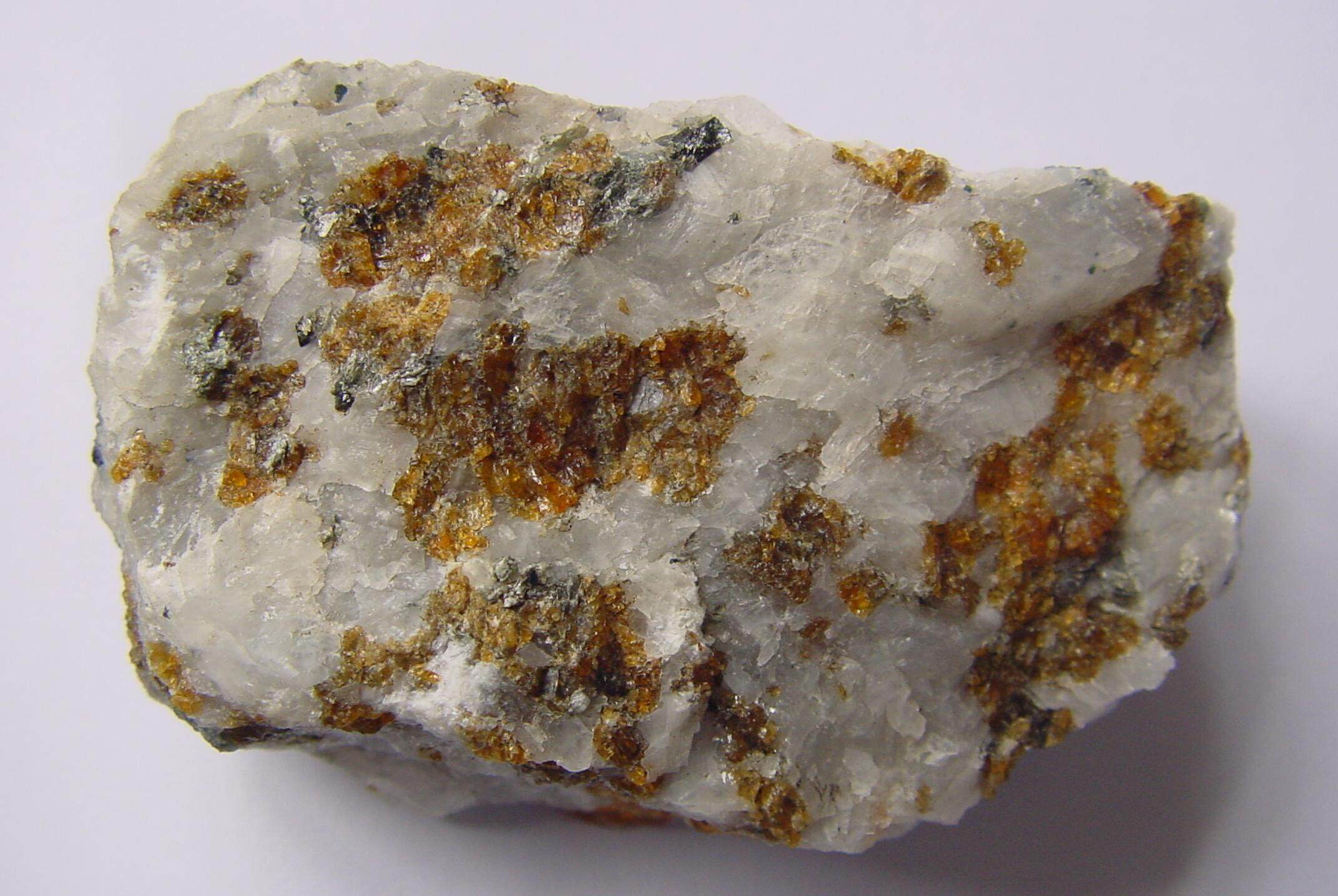
Did you know that the prehistoric honey badger, also known as Mellivora benfieldi, roamed the Earth millions of years ago? These ancient creatures were ancestors of today's fearless honey badgers. Unlike their modern relatives, prehistoric honey badgers were larger and had some unique features. Imagine a creature with the tenacity of a honey badger but the size of a small bear! They lived during the Miocene epoch, a time when the world was teeming with diverse wildlife. Fossils found in Europe and Asia provide clues about their existence. Curious about these fascinating animals? Let's dive into 37 intriguing facts about the prehistoric honey badger!
Key Takeaways:
- The prehistoric honey badger, Mellivora benfieldi, lived around 15 million years ago during the Miocene epoch and was an ancestor of the modern honey badger, Mellivora capensis. Its robust build and survival strategies contributed to its evolutionary success.
- The prehistoric honey badger had a stocky body, powerful claws, and keen sense of smell, making it a formidable predator. It thrived in diverse habitats, had an omnivorous diet, and played a crucial role in maintaining ecological balance.
Prehistoric Honey Badger: A Glimpse into the Past
The prehistoric honey badger is a fascinating creature that roamed the Earth millions of years ago. Known for its fierce nature and resilience, this ancient animal has left behind a trail of intriguing facts. Let's dive into some of the most captivating details about this remarkable species.
Evolutionary Background
Understanding the evolutionary history of the prehistoric honey badger helps us appreciate its unique adaptations and survival strategies.
- The prehistoric honey badger, also known as Mellivora benfieldi, lived during the Miocene epoch, around 15 million years ago.
- This ancient species is an ancestor of the modern honey badger, Mellivora capensis.
- Fossil evidence suggests that the prehistoric honey badger had a more robust build compared to its modern counterpart.
- The prehistoric honey badger's lineage can be traced back to the Mustelidae family, which includes weasels, otters, and ferrets.
- Unlike many other prehistoric animals, the honey badger's evolutionary path shows little change, indicating its highly successful survival strategies.
Physical Characteristics
The physical traits of the prehistoric honey badger were well-suited for its environment and lifestyle.
- The prehistoric honey badger had a stocky body, short legs, and powerful claws, ideal for digging and hunting.
- Its fur was likely thick and coarse, providing protection against predators and harsh weather conditions.
- The prehistoric honey badger's skull was larger and more robust, suggesting a strong bite force.
- Its teeth were sharp and well-adapted for a carnivorous diet, capable of crushing bones and tearing flesh.
- The prehistoric honey badger's sense of smell was highly developed, aiding in locating prey and avoiding danger.
Habitat and Distribution
Exploring the habitat and distribution of the prehistoric honey badger reveals how it adapted to various environments.
- Fossil remains indicate that the prehistoric honey badger inhabited regions of Africa, Europe, and Asia.
- It thrived in diverse habitats, including forests, grasslands, and savannas.
- The prehistoric honey badger's burrowing behavior allowed it to create shelters in various terrains.
- Its adaptability to different environments contributed to its widespread distribution.
- The prehistoric honey badger's ability to find food in various habitats ensured its survival during changing climatic conditions.
Diet and Hunting Behavior
The diet and hunting strategies of the prehistoric honey badger were crucial for its survival.
- The prehistoric honey badger was an omnivore, consuming a wide range of foods, including small mammals, birds, insects, and plants.
- It had a particular preference for honey and bee larvae, similar to its modern descendant.
- The prehistoric honey badger's powerful claws and strong jaws made it an efficient predator.
- It was known to scavenge on the remains of larger predators' kills, showcasing its opportunistic feeding behavior.
- The prehistoric honey badger's keen sense of smell helped it locate hidden food sources, such as underground nests and burrows.
Social Behavior and Reproduction
Understanding the social behavior and reproductive strategies of the prehistoric honey badger provides insights into its life cycle.
- The prehistoric honey badger was likely a solitary animal, similar to its modern relative.
- Males and females came together only for mating purposes.
- The prehistoric honey badger's gestation period was relatively short, around six to eight weeks.
- Females gave birth to one or two offspring at a time, ensuring better care and protection.
- The young were born blind and helpless, relying on their mother for nourishment and safety.
Interaction with Other Species
The prehistoric honey badger's interactions with other species highlight its role in the ecosystem.
- The prehistoric honey badger had few natural predators due to its fierce nature and defensive capabilities.
- It competed with other carnivores for food, such as early canids and felids.
- The prehistoric honey badger's burrowing behavior provided shelter for other animals, creating a symbiotic relationship.
- Its scavenging habits helped clean up the environment by consuming carrion.
- The prehistoric honey badger's presence in various ecosystems contributed to maintaining ecological balance.
Fossil Discoveries and Research
Fossil discoveries and ongoing research continue to shed light on the prehistoric honey badger's existence.
- The first fossil of the prehistoric honey badger was discovered in the early 20th century in Africa.
- Subsequent fossil finds in Europe and Asia have expanded our understanding of its distribution.
- Advanced imaging techniques have allowed scientists to study the prehistoric honey badger's skeletal structure in detail.
- Research on the prehistoric honey badger's diet has been conducted through isotopic analysis of fossilized remains.
- Ongoing studies aim to uncover more about the prehistoric honey badger's behavior and ecological role.
Legacy and Modern Comparisons
Comparing the prehistoric honey badger to its modern descendant highlights the enduring traits of this remarkable species.
- The modern honey badger retains many characteristics of its prehistoric ancestor, such as its fierce nature and adaptability.
- Studying the prehistoric honey badger provides valuable insights into the evolutionary success of the Mustelidae family.
Final Glimpse at Prehistoric Honey Badgers
Prehistoric honey badgers were fascinating creatures. They roamed ancient landscapes, displaying remarkable resilience and adaptability. These animals, known for their fierce nature, had a diet that included a variety of prey, showcasing their versatility as hunters. Their strong jaws and sharp claws made them formidable predators, capable of taking down animals larger than themselves.
Fossil evidence suggests that prehistoric honey badgers had a wide range, inhabiting diverse environments from dense forests to open plains. This adaptability likely contributed to their survival over millions of years. Their social behavior, while not entirely understood, hints at complex interactions within their groups, possibly involving cooperative hunting and shared responsibilities.
Understanding these ancient creatures provides valuable insights into the evolutionary history of modern honey badgers. Their story is a testament to the enduring spirit of survival and adaptation in the animal kingdom.
Frequently Asked Questions
Was this page helpful?
Our commitment to delivering trustworthy and engaging content is at the heart of what we do. Each fact on our site is contributed by real users like you, bringing a wealth of diverse insights and information. To ensure the highest standards of accuracy and reliability, our dedicated editors meticulously review each submission. This process guarantees that the facts we share are not only fascinating but also credible. Trust in our commitment to quality and authenticity as you explore and learn with us.


